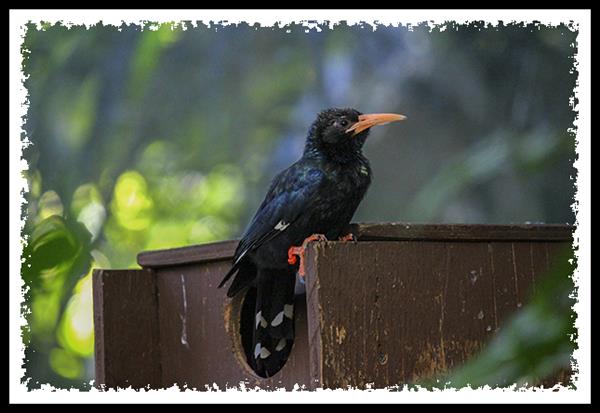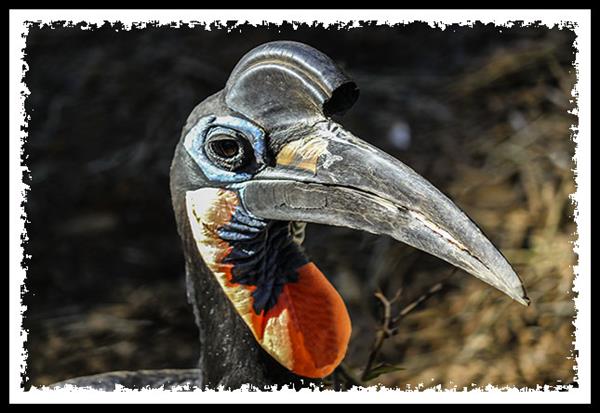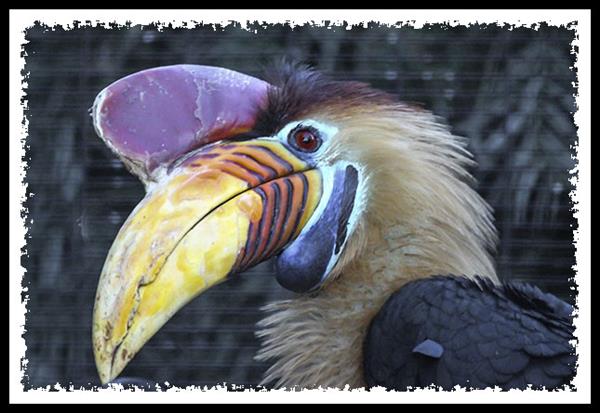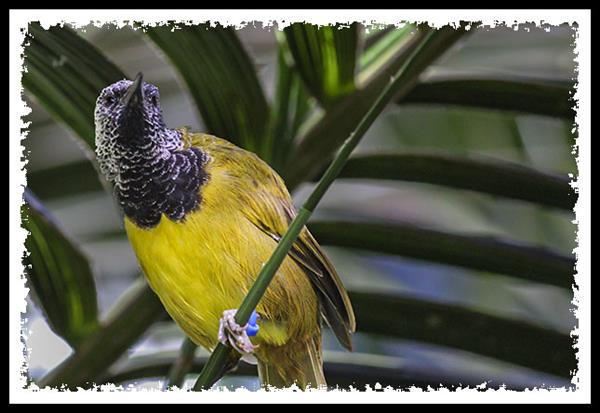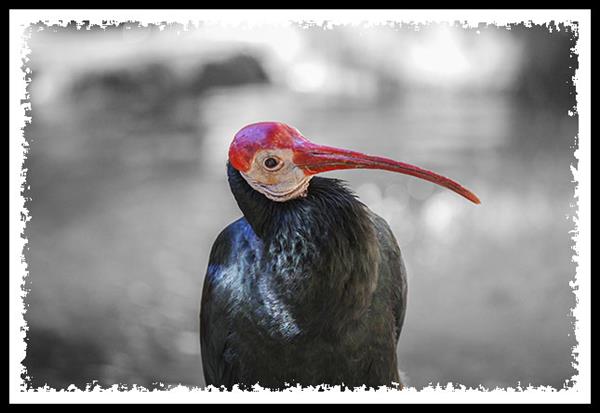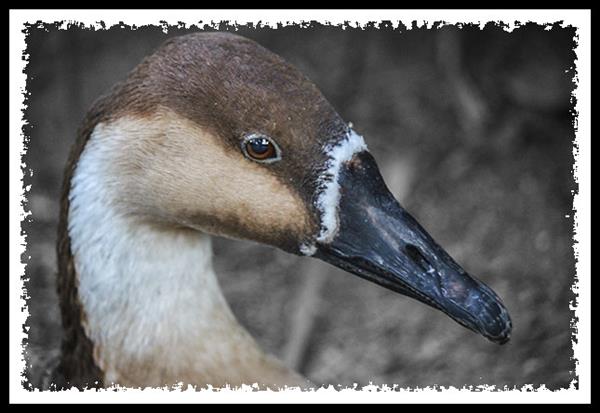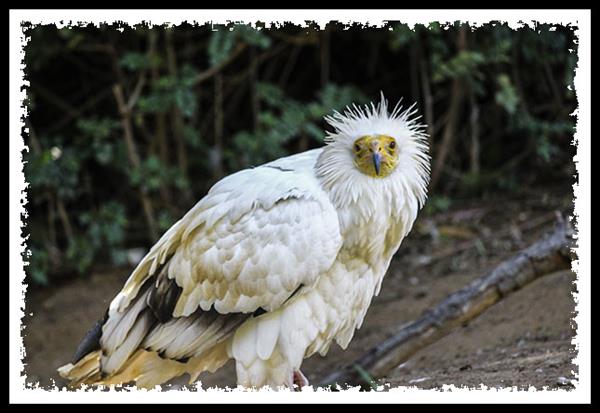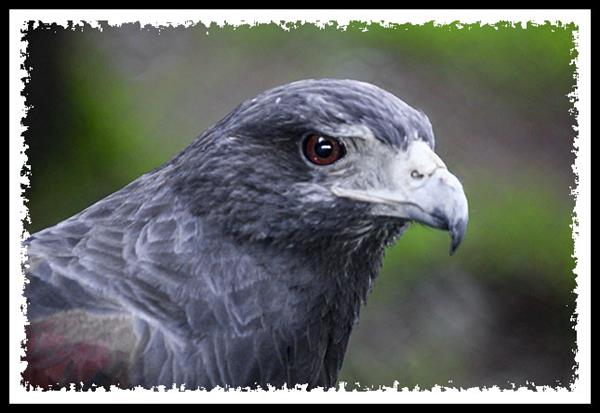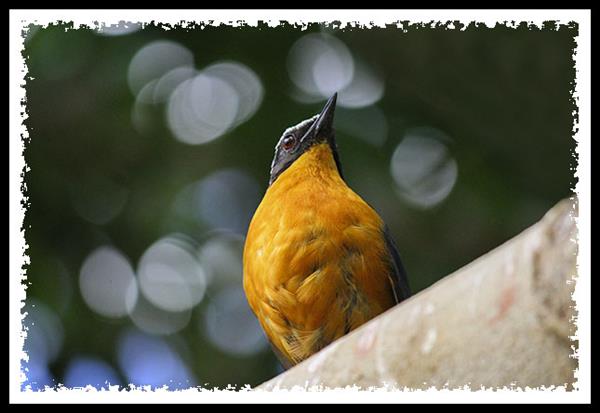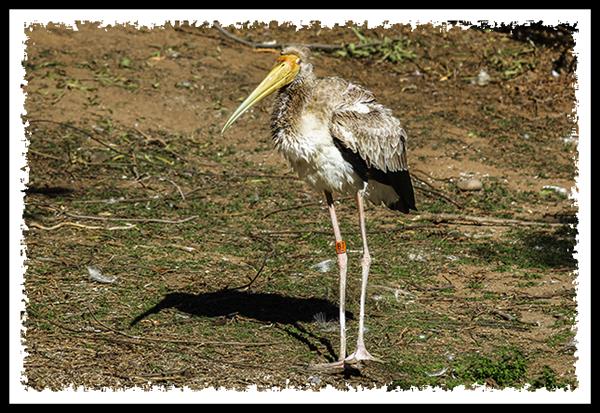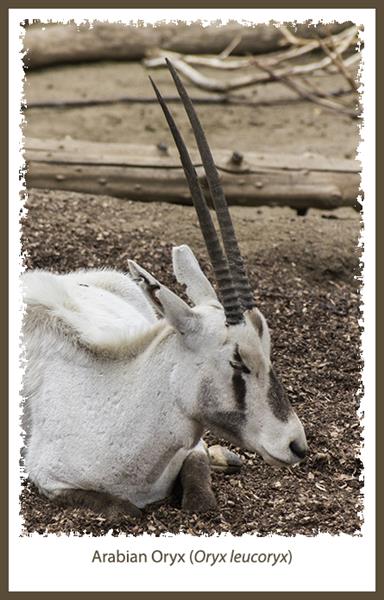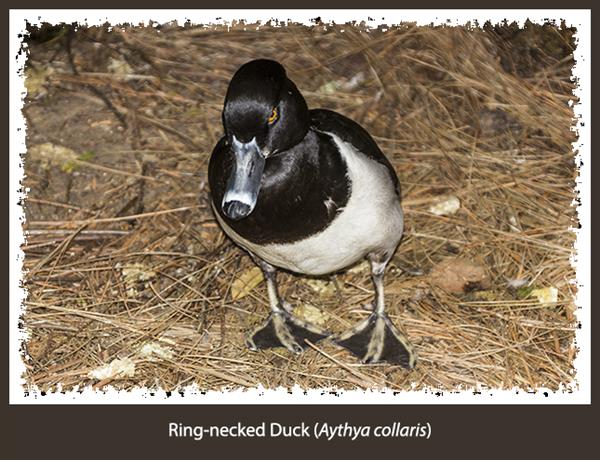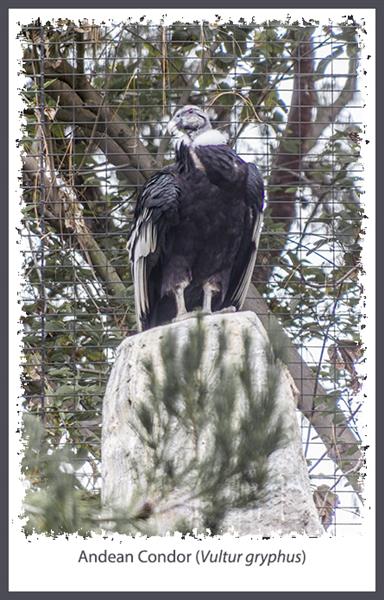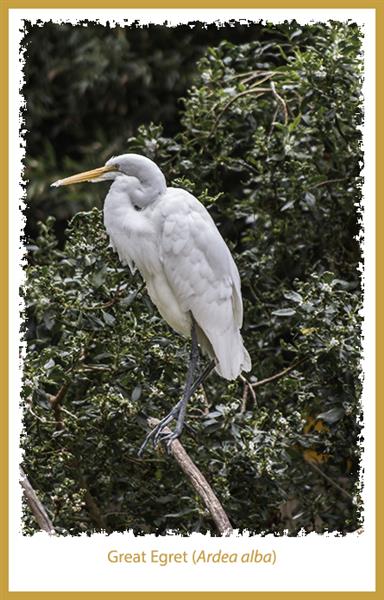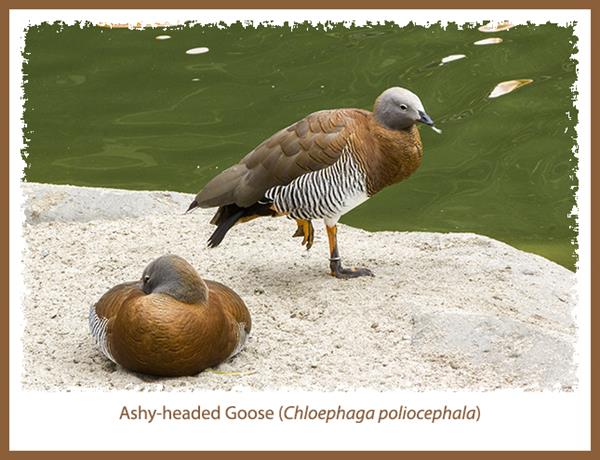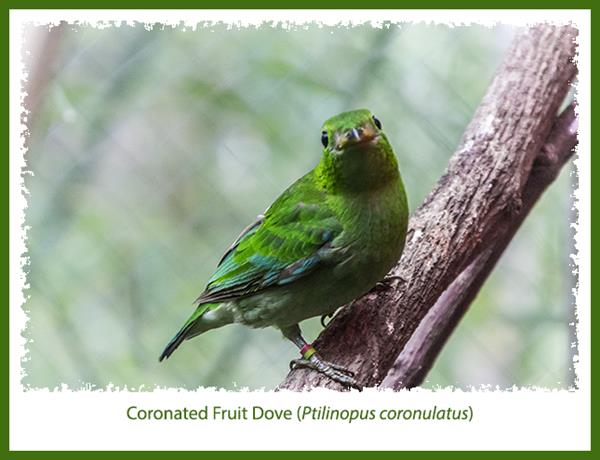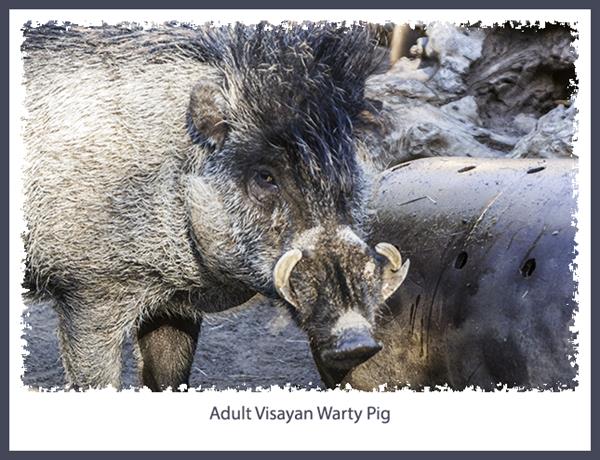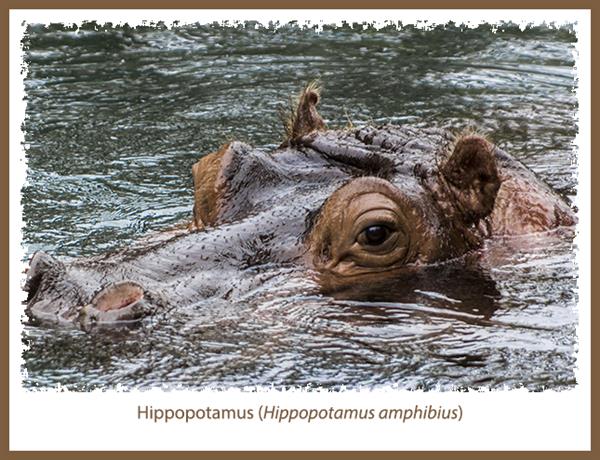![]()
They (and I don’t know who “they” are) say that birds of a feather flock together.
Not necessarily by choice sometimes.
Following are some birds that reside at the San Diego Zoo Safari Park, previously known as the Wild Animal Park, located near Escondido, about 40 miles north northeast of downtown San Diego.
![]()
The Green Wood Hoopoe (Phoeniculus purpureus) is native to Africa. It is mainly a ground-feeding bird, specifically loving termites!
![]()
In December 2011, the Safari Park added quite a few vultures. They now seem to be acclimated to their exhibit so they are easier to see and photograph. The Hooded Vulture (Necrosyrtes monachus) is related to eagles and buzzards but is the only bird in the Necrosyrtes genus. It is native to Africa, south of the Sahara Desert, and is an endangered bird.
![]()
I couldn’t find a nameplate for this bird at the Park, but I believe it is the Abyssinian Ground Hornbill, also called the Northern Ground Hornbill (Bucorvus abyssinicus). Wikipedia has a picture of one at the San Diego Zoo. Coincidentally (or not) their bird looks very much like this bird. This is one of the largest of the hornbill species, getting up to 39 inches tall and 8.8 pounds.
![]()
The Knobbed Hornbill (Aceros cassidix) is from Indonesia and is listed as a vulnerable species. Hornbills are monogamous birds.
![]()
Sometimes birds don’t cooperate with photographers, and this is a great picture confirming that. It just seems logical that if a bird was named “Long-toed,” then the picture should include the toes. Alas. The Long-toed Lapwing (Vanellus crassirostris) is a common bird in much of Africa.
![]()
The Mandarin Duck (Aix galericulata) has to be one of the most beautiful ducks. Originally native to East Asia, populations have become established in Great Britain, Ireland, Germany, North Carolina, and in Sonoma County (San Francisco Bay area) in California.
![]()
The Marbled Teal, also called Marbled Duck (Marmaronetta angustirostris) is native to the Mediterranean. It is listed as a vulnerable species due to habitat destruction (it loves marshes) and hunting.
![]()
The African Golden Oriole (Oriolus auratus) is a shy bird, often hiding in the trees and bushes. I’m lucky to have gotten a fairly good picture of one.
![]()
The Oriole Warbler (Hypergerus atriceps) is native to West Africa. As I was doing research for this post, I found that the Oriole Warbler is considered a “skulking passerine.” Skulking in this sense means to annoy or upset, and passerine is a perching bird or, less accurately, a songbird. So I’m getting the impression that this is a perching songbird that likes to annoy other birds. (I know some people who could be considered skulking.)
![]()
Pelicans perhaps are my favorite bird that I actually can see in the wild here in San Diego. This pair of Pink-backed Pelicans (Pelecanus rufescens) is one of my favorite bird pictures in my photography collection. They are native to Africa and southern Arabia. It is one of the smaller pelicans but can get up to 61 inches in length with a wingspan up to 9½ feet.
![]()
These two Rainbow Lorikeets (Trichoglossus haematodus) were fighting for several minutes as I watched. I think you can see which was winning the fight although, as evidenced here, they eventually made up…. I think. Rainbow Lorikeets are from Australia.
![]()
The Shoebill (Balaeniceps rex) is the oddest-looking I think I’ve ever seen. Ornithologists consider it the missing link that connects storks and pelicans. It can get as tall as 60 inches, is native to the freshwater swamps of Africa, and is listed as vulnerable due to habitat destruction.
![]()
The South African Shelduck is, uh, from Africa, but you probably guessed that. This one is a male and the one below is a female.
![]()
The Southern Bald Ibis (Geronticus calvus) is another vulnerable species native to Africa.
![]()
The Swan Goose (Anser cygnoides) is native to China, Mongolia, and Russia. It has become domesticated, and the ones at Safari Park are a lot of fun to feed. The Park has candy machines modified to provide food to feed them, and for just 50¢. However, I can attest that ten handfuls of food at 50¢ each adds up quickly, like to $5! More than a gallon of gas!
![]()
This is another vulture that resides in the new vulture exhibit with the Hooded Vulture mentioned above. I love it’s feathered face. The Egyptian Vulture (Neophron percnopterus) feeds mainly on carrion but will prey on small mammals, birds, and reptiles. Although the use of tools is rare in birds, the Egyptian Vulture also feeds on the eggs of other birds by tossing pebbles onto them to break them open. Egyptian Vultures also use twigs to roll up wool to use in their nests.
![]()
The Harris Hawk (Parabuteo unicinctus) is native to the southwestern United States south to Chile and Argentina. It is one of the few birds that hunts in packs.
![]()
I could not find any interesting information about the White-crowned Robin-chat (Cossypha albicapilla), but it’s still pretty!
![]()
The White-headed Lapwing (Vanellus albiceps) is a wading bird native to the tropical areas of Africa.
![]()
The Yellow-billed Stork (Mycteria ibis) was once native to Africa and Madagascar, but as the human population has overpopulated the Earth to the tune of over six billion people, storks have been used worldwide to bring babies into homes. You can see why in this picture:
![]()
Looking for real estate services in San Diego County?
I can highly recommend
James Frimmer, Realtor
Century 21 Award, DRE #01458572
If you’re looking for a home inspector,
I recommend Russel Ray — that’s me!




